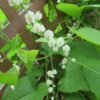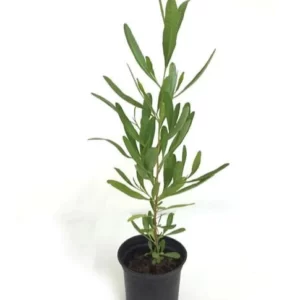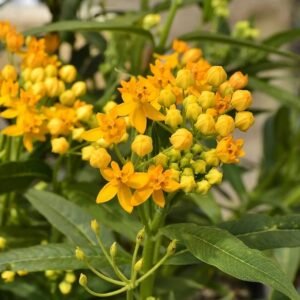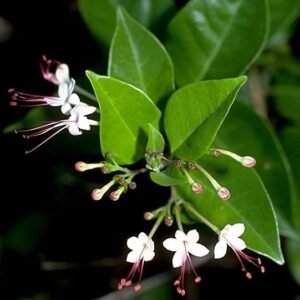Mexican creeper, Antigonon leptopus
200.0 AED – 210.0 AED (-11%)
Botanical name:- Antigonon leptopus.
| Scientific name | Antigonon leptopus |
| Common name |
Mexican creeper |
| Temperature requirement | 25-35 °C |
| Humidity | 40-50% |
| Light | Full sun |
| Watering | Water everyday &keep moist |
| Pests | Aphids |
| Pet friendliness | Not hazardous |
| Maximum plant height | 240-300 cm |
| Potting mix | Potting soil/red soil/manure/perlite |
| Pot requirement | Good drainage & repot every 1-2 years |
| Nutrition | Apply manure for first 15 days and npk for next 15 days |
| Pruning & training | Remove dead & diseased leaves with sterile shears |
| Common color & season | white or pink flowers |
| Description | the queen’s wreath or Mexican creeper (murjan mutaliq in arabic) gives a tropical feeling with its lush green appearance. Mexican creeper is a tendril climbing vine from mexico that achieves a height of 12 metres. With its fast, vigorous growth, Mexican creeper easily takes over trellises, pergolas and fences, but also shrubs and small trees which it may kill. Shiny, evergreen leaves are about 10 cm long and arrowhead shaped. Heat and full sun are accepted, but the soil should not be too dry. Deep watering encourages an extensive root system. Established plants survive with less irrigation. General purpose fertiliser is tolerated, but highly nutritious soil makes coral vine produce vegetative growth at the cost of flowers. The floral display turns branches into festoons with bunches of pink flowers that highlight the mounds of deep green foliage and attract bees. Sometimes, cultivars are available. ‘Album’ has white flowers, while ‘baja red’ has magenta flowers. All flower in summer and autumn. Frost may cause the plant to go dormant. It quickly recovers, even if frozen to the ground. Maintenance is minimal if the location has been chosen carefully. Pruning is best in spring, especially if frost has killed twigs that require removal. The tendrils may need some initial support to reach the top of a wall or a pergola. Greater effort is required if the vine takes over its vicinity of pathways and slow-growing shrubs. The species is easily propagated by seeds, whereas the cultivars should be reproduced by cuttings |
























